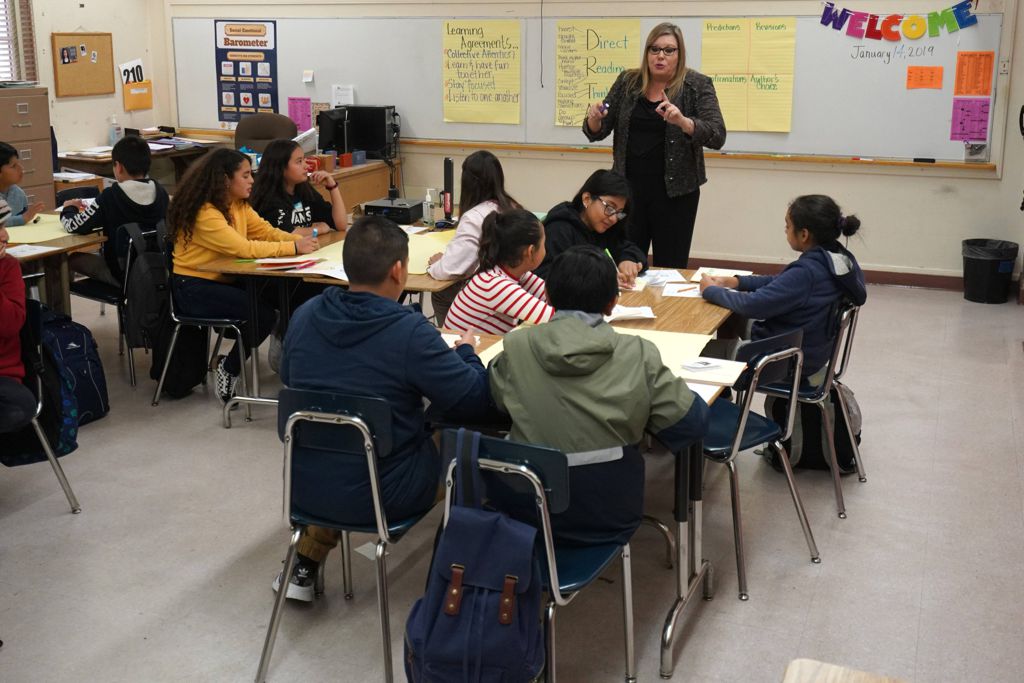One of the most common beliefs about American education is that teaching is an “underpaid” profession. Think tanks purport to calculate the “teacher pay gap.” The media run stories about teachers taking second and third jobs to pay the bills. Politicians call for across-the-board raises. They all see raising teacher pay as a matter of simple fairness, as well as a way to attract better teachers and improve educational outcomes.
They are all misguided. The highly publicized “pay gap” that dominates news headlines is the product of a simplistic methodology that, when universally applied, suggests that nurses, firefighters, and other professionals are dramatically overpaid. Furthermore, predictions generated by the underpaid-teacher hypothesis — such as that teachers must have high quit rates, or that a large percentage of their income flows from second jobs — are not supported by the data. Teachers as a group are generally well compensated, and teacher pay and benefits have risen faster over time than compensation in private-sector jobs. Failure to recognize these facts can lead education reform down a blind alley.
Across-the-board raises, the usual solution to closing the teacher pay gap, come with high price tags. West Virginia’s teacher walkout ended with the state legislature passing an across-the-board 5% salary increase. Arizona’s teacher protests culminated in Governor Doug Ducey agreeing to a 20% salary increase over two years, a policy that will cost the state and schools over $450 million per year, in addition to higher pension costs based on the increased salaries. Democratic presidential candidate Kamala Harris has proposed to close the “gap” using federal funds, at an estimated 10-year cost of $315 billion. These are not costs that are incidental to government budgets.
Moreover, focusing on across-the-board raises distracts from less costly but more useful reforms, such as differential pay for hard-to-staff subjects, increased teacher mobility through experience credits and portable pensions, loosened tenure protections, and a reduction in non-teaching staff.
Finally, an inordinate focus on teacher salaries feeds unrealistic expectations for the profession. Although teacher quality certainly matters, most of the variance in student achievement is associated with factors outside the classroom. Just as current teachers should not be blamed for “failing schools,” policymakers should not simply assume that investing heavily in teacher salaries is worth the political and economic costs. The most prudent course would be to implement modest structural reforms, while de-emphasizing the level of teacher pay as a focal point of education reform.
THE MYTH OF THE TEACHER PAY GAP
By Andrew G. Biggs & Jason Richwine
Andrew G. Biggs is a resident scholar at the American Enterprise Institute.
Jason Richwine is a public-policy analyst in Washington, D.C.








